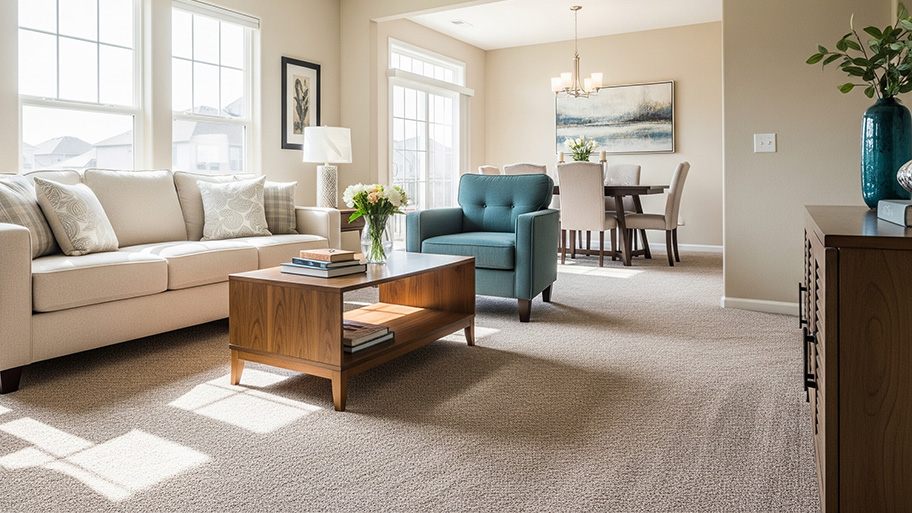
Carpet installation costs vary depending on the type of carpet, difficulty of the installation, and labor costs. We break it all down in this article.
Padding your carpet helps it last longer


A well-carpeted floor feels plush underfoot and adds warmth to your home. But if you don’t install padding under the carpet, it can feel like walking on a hard, lumpy surface. Carpet padding also protects the underside of your carpet from wear, which helps prolong the carpet’s life. This guide will walk you through how to install carpet padding to give your new carpet the full life it deserves.
Before you install carpet padding, you must remove the existing carpet or flooring from the room. Depending on the material and the installation method, you might need a scraper, pliers, and a utility knife. You will also need to remove any doors that open into the room to prevent obstructions while installing the padding. Finally, you might need to remove the baseboards if replacing a flooring material other than carpet. You can also hire a professional carpet installer to complete these steps.
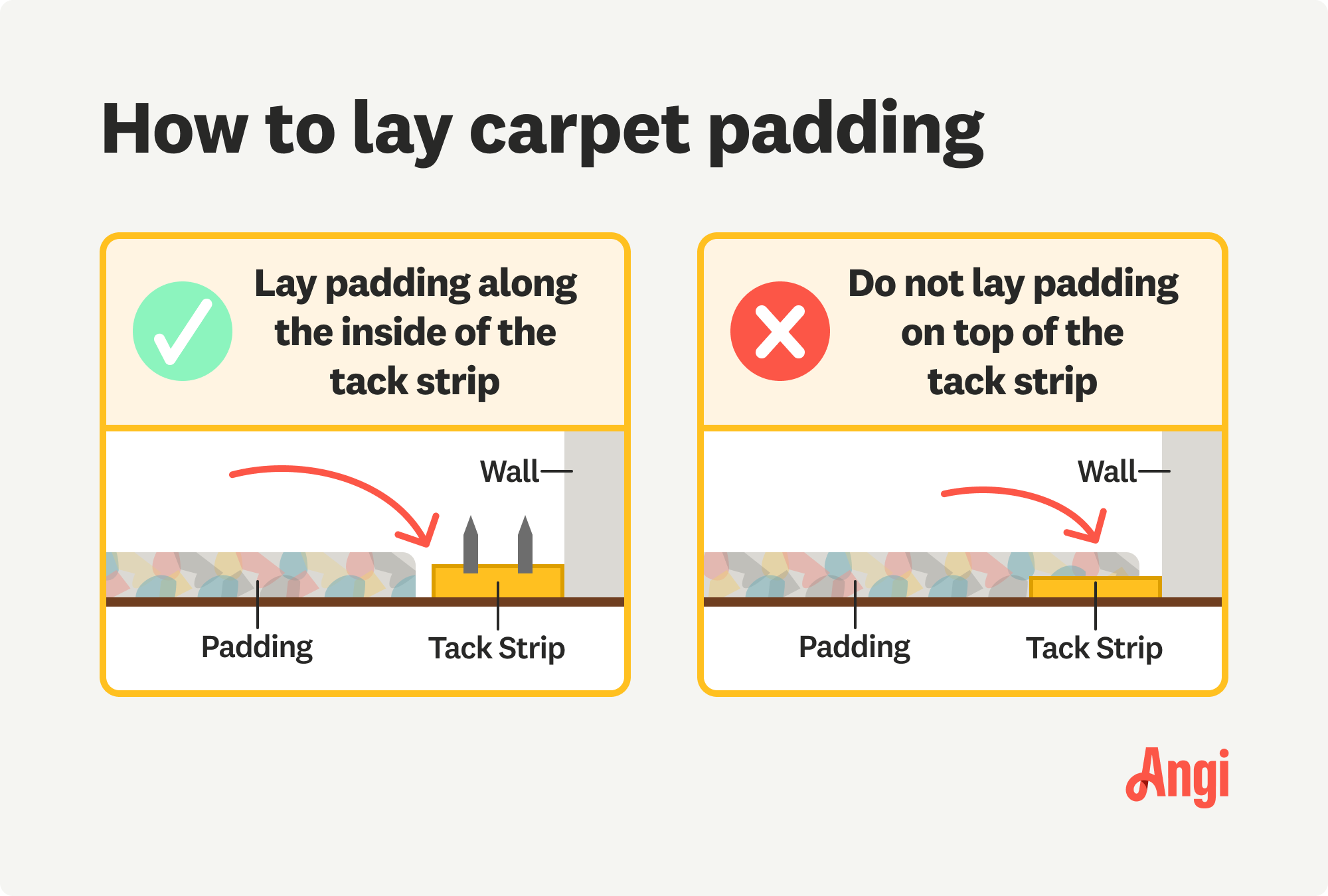
Follow these three simple steps once you’re ready to install your carpet padding.
Before installing carpet padding, check the condition of the subfloor. It doesn’t need to be perfect for carpet installation, but if there’s any damage, you’ll need to repair that before proceeding. Check for cracks, uneven areas, and water damage. If the subfloor is in bad shape, you might need to replace it before proceeding. Replacing subflooring costs between $900 and $3,000, with an average price of $1,560.
Once you’ve made any necessary repairs, clean the subfloor thoroughly with a broom to remove debris, dust, and dirt.
Carpet tack strips are long pieces of wood with small tacks protruding from one side. These tacks hold the carpet in place and eliminate the need for staples or nails. Measure the room's perimeter to determine the number of strips you need. Then, use a chalk line to mark your installation location around ¼ to ½ inch from the wall.
Place the tack strip on the chalk line and drive the fasteners along the strip to hold it in place. Repeat with the next tack strip until you’ve lined the room. Use a utility knife to trim the tack strips as needed.

Position the padding in the room and cut it to size. Depending on the room size, you may need several strips of padding.
Staple the edges of the carpet padding to the edges of the tack strips using a staple hammer-tacker, but be careful not to place it over the tack strips, as this could prevent the carpet from properly attaching to the tacks. Next, staple along the seams to attach the padding to the subfloor and prevent it from moving under the carpet.
Now, you’re ready to continue the rest of the carpet installation project.
Installing carpet padding can be a DIY project if you carefully measure the space and follow the installation guidelines. Padding costs between $0.75 and $2 per square foot, and taking on this project yourself can reduce the overall carpet installation costs. However, improper padding installation could lead to a lumpy texture under your carpet.
Hiring a local carpet installer is best if you’re not confident in your DIY skills. A professional has installed hundreds of carpets over their career and can lay the padding and the carpet quickly.
From average costs to expert advice, get all the answers you need to get your job done.

Carpet installation costs vary depending on the type of carpet, difficulty of the installation, and labor costs. We break it all down in this article.
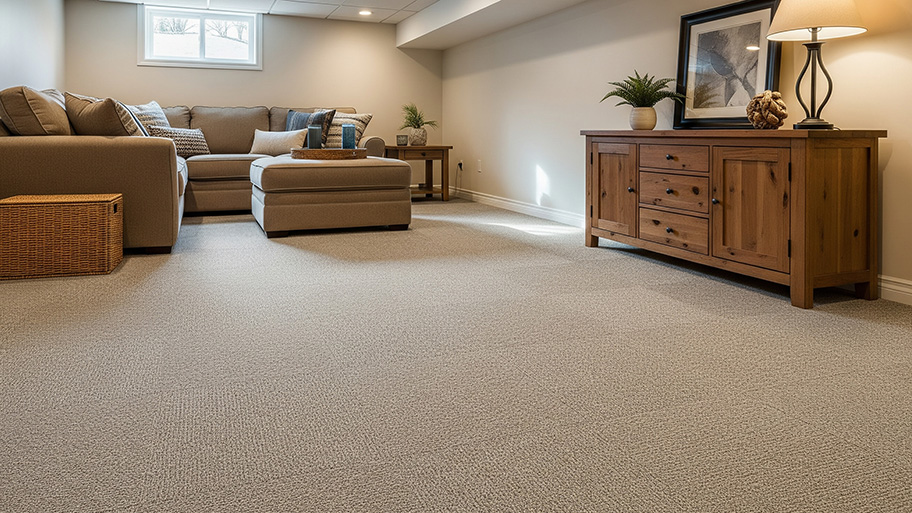
Not only are carpet tiles easier to install than carpet, but they’re often more affordable. So, how much does carpet tile installation cost? Let’s take a look.
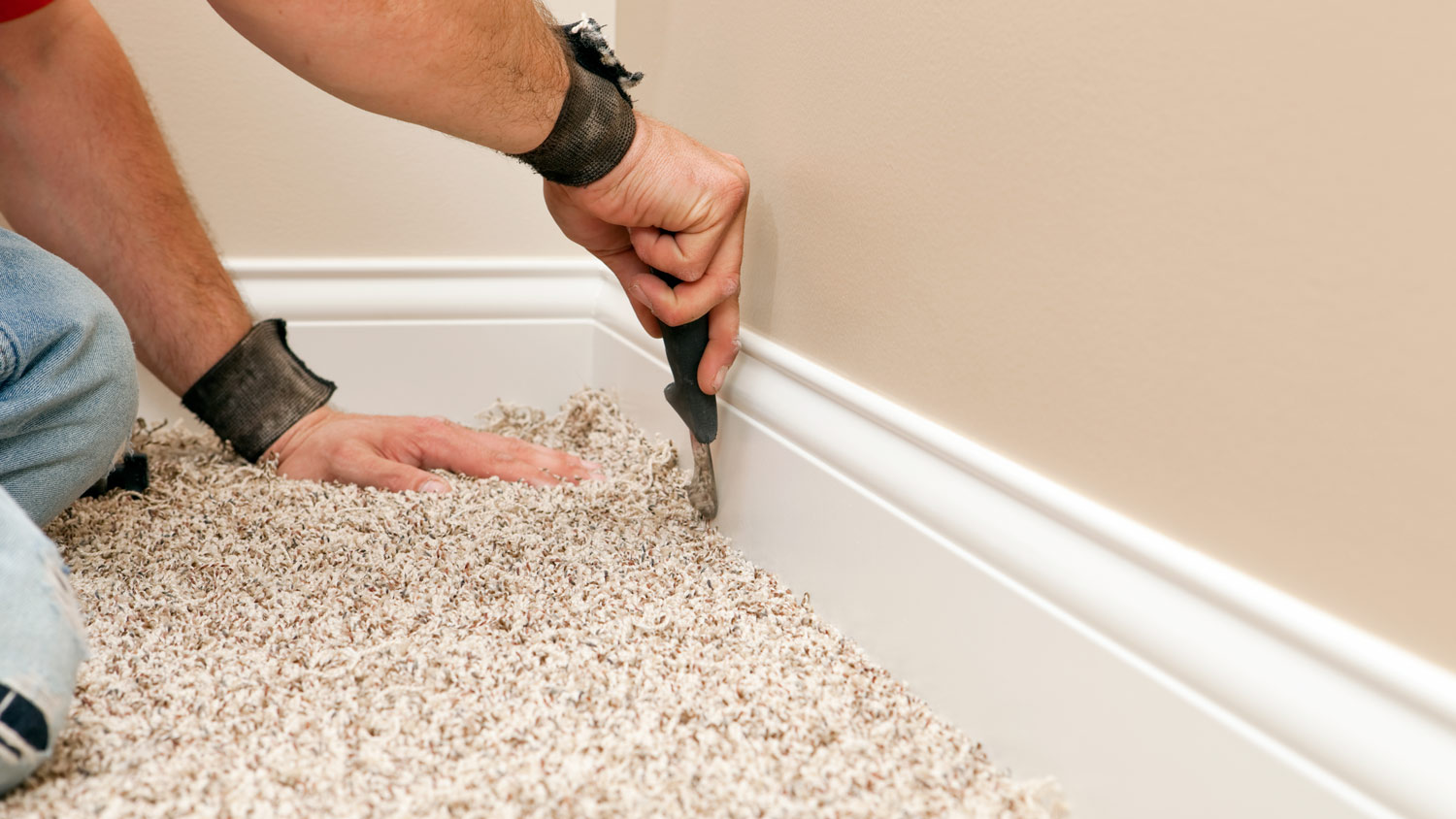
Get a clear estimate for carpet repair cost. Learn what impacts pricing, compare repair types, and find ways to save on your next carpet project.

Do you have a hole or burn mark in your carpet that you can't deal with any longer? Read this guide to learn how to patch carpet and fix it yourself.
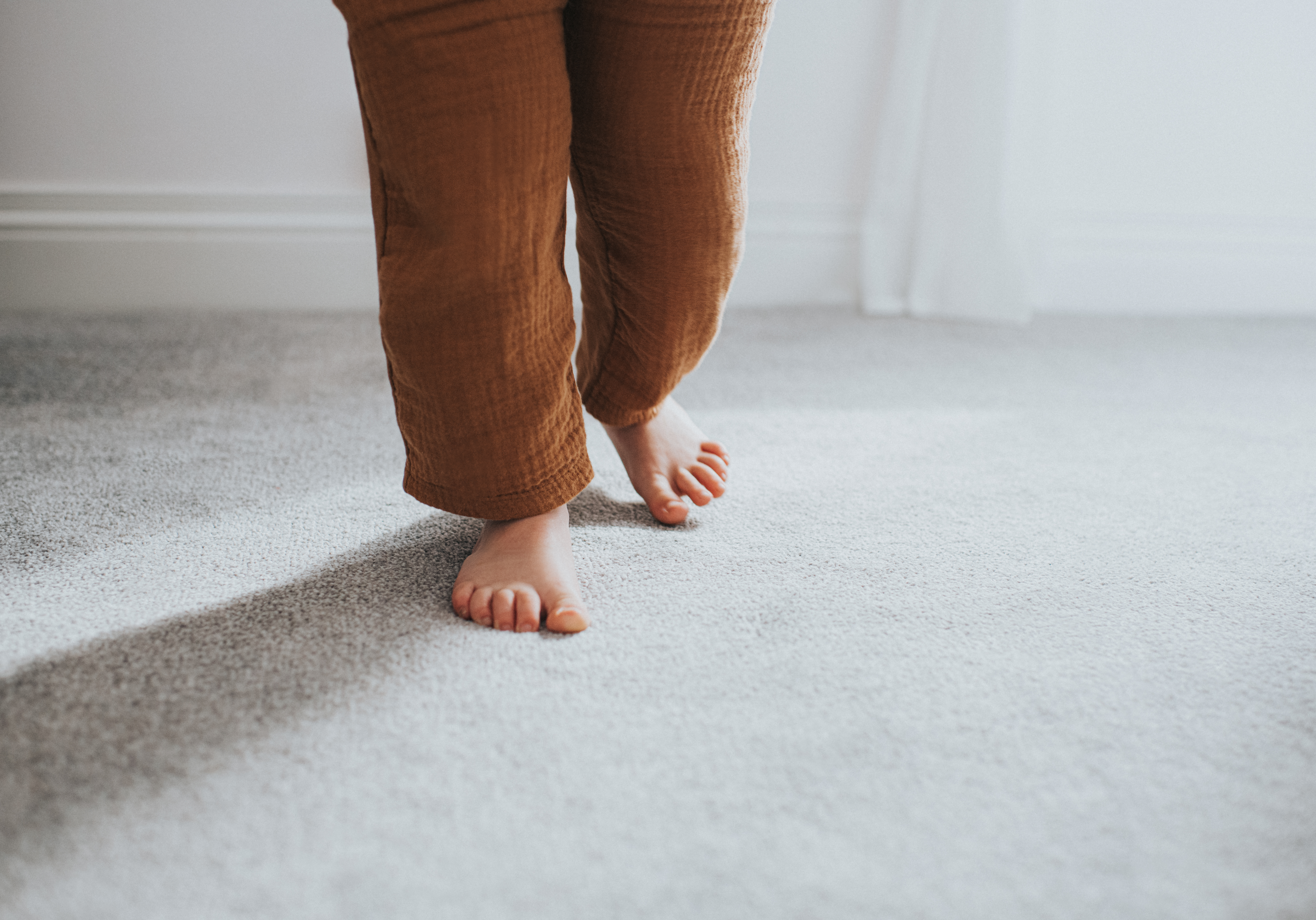
Looking for a durable carpet that works across your whole home? Enter: the ever-popular Nylon. Consider these nylon carpet pros and cons before you buy.
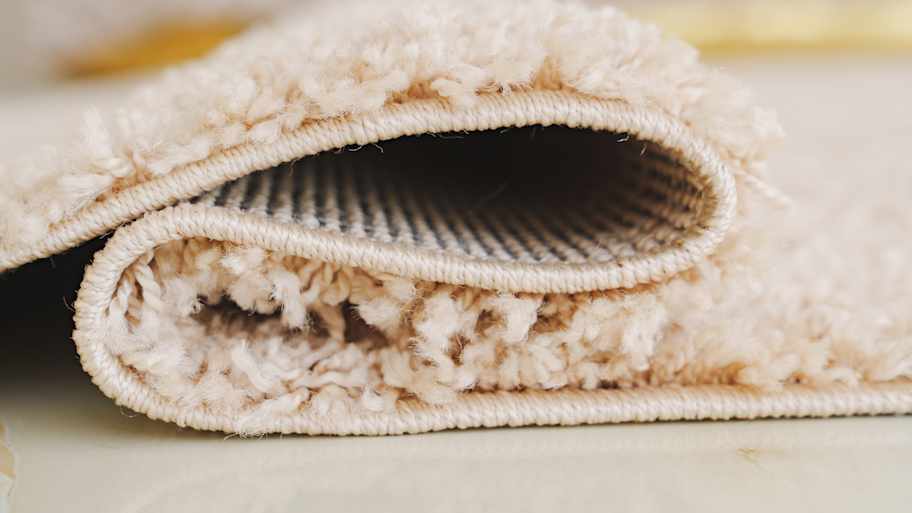
Polypropylene carpet has pros and cons to consider. It’s ideal if you’re on a budget, but be cautious when installing it in high-traffic areas.